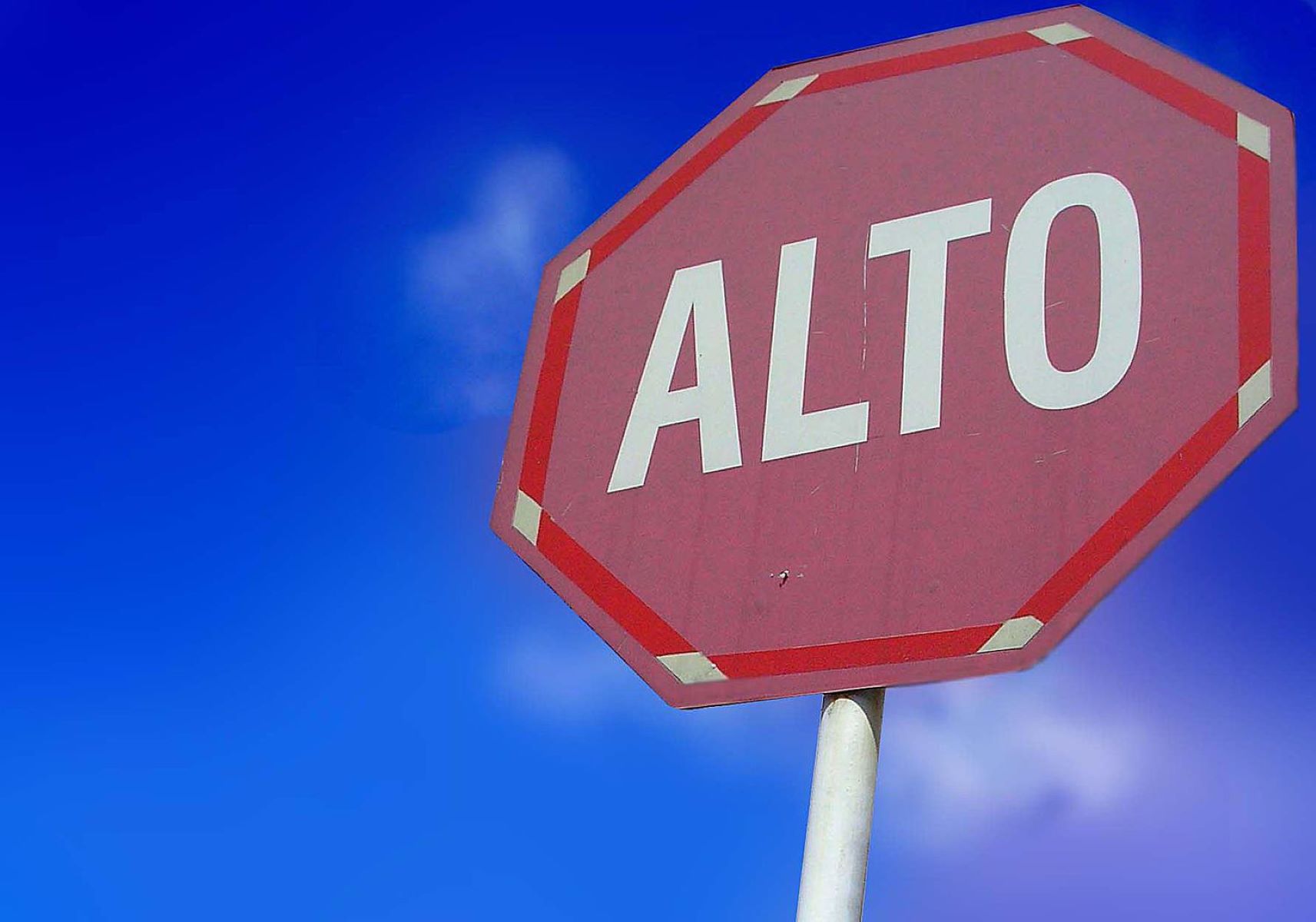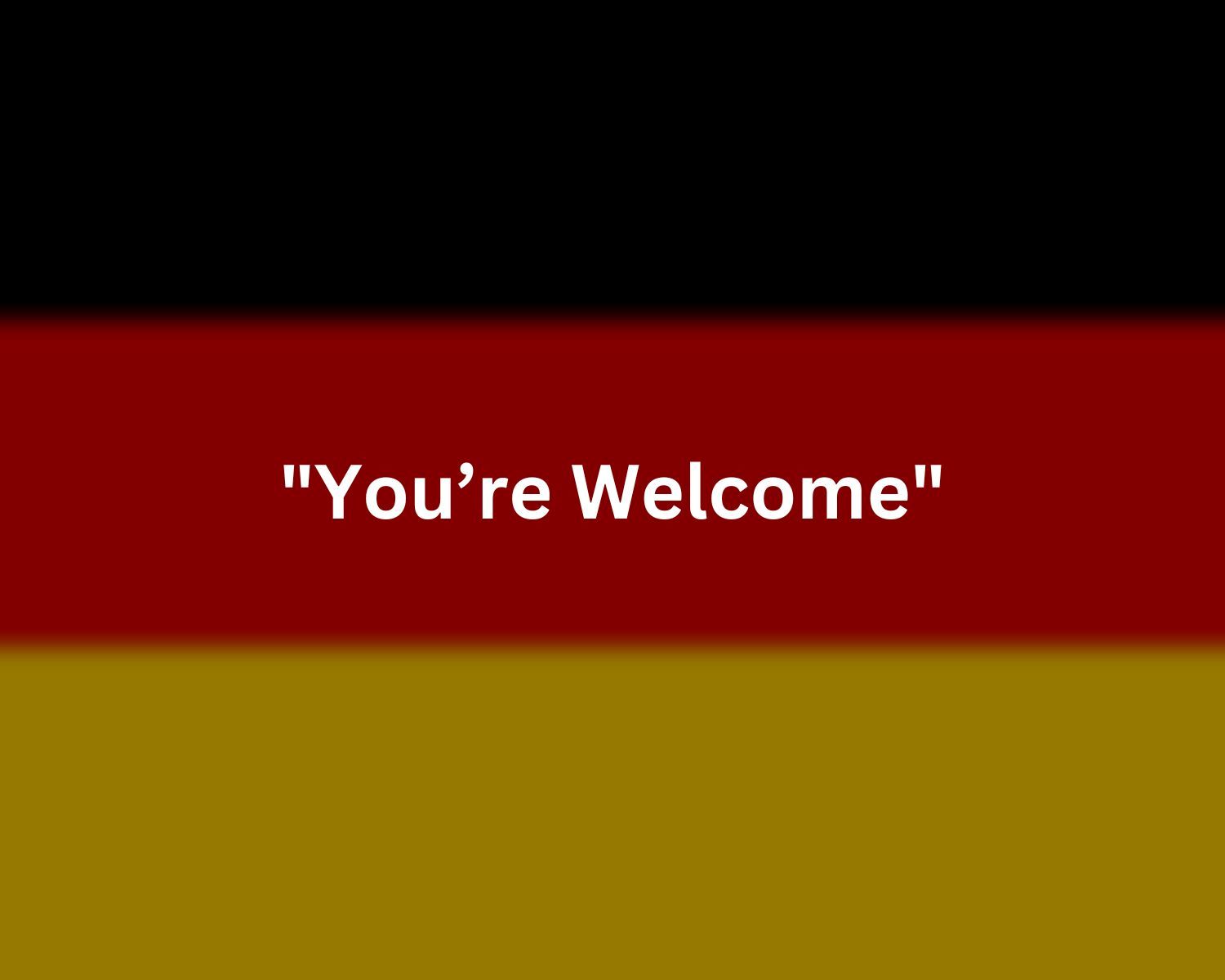Home>Language and Grammar>How To Say “Wassup” In Spanish


Language and Grammar
How To Say “Wassup” In Spanish
Modified: April 1, 2024
Learn how to say "Wassup" in Spanish and improve your language and grammar skills with our helpful guide. Discover the correct translation and pronunciation now!
(Many of the links in this article redirect to a specific reviewed product. Your purchase of these products through affiliate links helps to generate commission for Regretless.com, at no extra cost. Learn more)
Table of Contents
Introduction
When it comes to learning a new language, one of the first things people often want to master is basic greetings. These simple yet essential phrases lay the foundation for communication and help to break the ice in any conversation. In the vibrant world of the Spanish language, greetings hold a special significance. From the formal "Buenos días" to the friendly "Hola," Spanish offers a rich tapestry of expressions to start a conversation on the right foot.
However, for those seeking to add a touch of informality and camaraderie to their interactions, knowing how to say "Wassup" in Spanish can be a game-changer. This colloquial greeting, popularized in casual settings, conveys a sense of familiarity and warmth. While it may not be found in traditional language textbooks, understanding the informal equivalents of "Wassup" in Spanish can open doors to authentic and relaxed conversations with native speakers.
In this article, we will delve into the various ways to express "Wassup" in Spanish, exploring informal greetings that capture the essence of casual interactions. From the streets of Madrid to the bustling neighborhoods of Mexico City, we will uncover the regional variations that add flavor and personality to this universal expression. So, whether you're planning a trip to a Spanish-speaking country or simply aiming to expand your linguistic repertoire, join us on this linguistic journey as we unravel the art of saying "Wassup" in Spanish.
Read more: How To Say “Please” In Spanish
Basic Greetings in Spanish
Spanish, a language known for its warmth and expressiveness, boasts a diverse array of greetings that reflect the rich cultural tapestry of its speakers. Whether you find yourself in the heart of Spain, the vibrant streets of Mexico, or the enchanting landscapes of Argentina, understanding the basic greetings in Spanish is the key to unlocking meaningful interactions.
-
Hola (Hello): This ubiquitous greeting is the Spanish equivalent of "hello." It's a versatile and universally recognized way to initiate a conversation in any Spanish-speaking country. Whether you're meeting someone for the first time or greeting a familiar face, "Hola" sets a friendly and approachable tone.
-
Buenos días (Good morning): Used in the morning until around noon, "Buenos días" is a polite and respectful way to greet someone. It's a gesture of goodwill and sets a positive tone for the day ahead.
-
Buenas tardes (Good afternoon): As the day progresses, "Buenas tardes" becomes the appropriate greeting. It's a courteous and pleasant way to acknowledge someone in the afternoon or early evening.
-
Buenas noches (Good evening/night): When the sun sets, "Buenas noches" takes center stage as the go-to evening greeting. Whether you're entering a room or bidding someone farewell, this phrase encapsulates the warmth and hospitality of Spanish-speaking cultures.
-
¿Cómo estás? (How are you?): This familiar phrase is a genuine inquiry into someone's well-being. It's a common way to show interest in the other person's day and well-being, often followed by a friendly conversation.
-
¿Qué tal? (What's up?): Similar to "Wassup" in English, "¿Qué tal?" is an informal way to ask how someone is doing. It's a casual and friendly greeting that invites a relaxed exchange between friends and acquaintances.
Mastering these basic greetings in Spanish lays the foundation for meaningful interactions and demonstrates a genuine interest in connecting with Spanish speakers on a personal level. Whether you're embarking on a journey to a Spanish-speaking country or conversing with native speakers in your community, these greetings pave the way for authentic and enriching conversations.
Informal Ways to Say "Wassup" in Spanish
In informal settings, Spanish speakers often use colloquial expressions to greet each other with familiarity and warmth. When it comes to conveying the laid-back vibe of "Wassup" in Spanish, several informal phrases capture the essence of casual interactions.
-
¿Qué onda? (What's up?): This popular phrase is widely used across Spanish-speaking regions, especially in Mexico and Central America. It directly translates to "What wave?" and is akin to asking someone about the latest happenings in their life. "¿Qué onda?" exudes a relaxed and friendly vibe, making it a go-to greeting among friends and peers.
-
¿Qué pasa? (What's happening?): Similar to the English "What's up?" or "What's happening?", "¿Qué pasa?" is a casual and widely recognized way to greet someone informally. It's an open-ended question that invites a casual exchange, allowing individuals to share updates and engage in light-hearted conversations.
-
¿Cómo va? (How's it going?): This informal greeting is akin to asking "How's it going?" in English. It's a versatile phrase that conveys a sense of camaraderie and genuine interest in the other person's well-being. Whether used among friends or acquaintances, "¿Cómo va?" sets the stage for relaxed and amiable interactions.
-
¿Qué haces? (What are you doing?): In informal contexts, "¿Qué haces?" serves as a friendly and informal way to greet someone while also inquiring about their current activities. It's a casual and light-hearted expression that fosters a sense of connection and camaraderie between individuals.
-
¿Todo bien? (Everything good?): This laid-back greeting is a common way to check in on someone's well-being in a relaxed manner. It's akin to asking "Everything good?" and is often met with a positive response, paving the way for easygoing conversations.
Incorporating these informal expressions into your Spanish repertoire adds a touch of authenticity and camaraderie to your interactions with native speakers. Whether you're mingling with locals in a bustling market or striking up conversations with new acquaintances, these informal ways to say "Wassup" in Spanish create a sense of familiarity and ease, fostering genuine connections and enriching cultural experiences.
Regional Variations of "Wassup" in Spanish
The diverse and dynamic nature of the Spanish language is reflected in the regional variations of informal greetings, including expressions equivalent to "Wassup." Across different Spanish-speaking countries and regions, unique phrases and colloquialisms have emerged, each encapsulating the local flavor and cultural nuances. These regional variations add depth and richness to informal interactions, offering a glimpse into the vibrant tapestry of Spanish dialects and expressions.
In Spain, particularly in the vibrant streets of Madrid and Barcelona, the informal greeting "¿Qué pasa?" is a popular equivalent to "Wassup." This casual expression reflects the energetic and lively nature of Spanish urban culture, inviting spontaneous and animated conversations among friends and acquaintances. Similarly, in the southern region of Andalusia, the phrase "¿Qué hay?" is often used to convey a laid-back and friendly vibe, mirroring the region's relaxed pace of life and warm hospitality.
Venturing across the Atlantic to Latin America, one encounters a myriad of regional variations that capture the essence of "Wassup" in Spanish. In Mexico, the colloquial greeting "¿Qué onda?" is widely embraced, reflecting the country's vibrant and sociable atmosphere. This expression, rooted in Mexican slang, embodies the spirit of camaraderie and informality, setting the stage for lively and engaging conversations.
In the bustling neighborhoods of Argentina, the phrase "¿Qué onda?" takes on a distinct flavor, reflecting the country's unique linguistic cadence and cultural vibrancy. Similarly, in the lively streets of Colombia, the informal greeting "¿Qué más?" is a common way to say "Wassup," fostering a sense of familiarity and conviviality among locals.
Across the Caribbean, the informal greeting "¿Qué lo que?" resonates with the region's rhythmic and expressive culture, infusing conversations with a sense of warmth and spontaneity. In the enchanting landscapes of the Dominican Republic, the colloquial expression "¿Qué lo que hay?" reflects the country's vibrant and welcoming spirit, creating an inviting atmosphere for casual interactions.
These regional variations of "Wassup" in Spanish offer a captivating glimpse into the diverse linguistic landscape of the Spanish-speaking world, showcasing the unique expressions and cultural nuances that shape informal interactions. Whether strolling through the cobblestone streets of Spain or immersing oneself in the lively rhythms of Latin America, these regional variations enrich the tapestry of informal greetings, inviting individuals to connect with the heart and soul of each unique Spanish-speaking region.
Conclusion
In the vibrant tapestry of the Spanish language, the art of greeting extends far beyond mere formalities. From the bustling streets of Madrid to the enchanting landscapes of Latin America, informal expressions akin to "Wassup" encapsulate the essence of camaraderie, warmth, and genuine connection. As we journeyed through the diverse ways to say "Wassup" in Spanish, we uncovered a rich spectrum of colloquial greetings that reflect the dynamic and expressive nature of the language.
From the ubiquitous "Hola" to the laid-back "¿Qué onda?" and the rhythmic "¿Qué lo que?", each informal greeting carries the cultural imprint of its respective region, offering a window into the vibrant tapestry of Spanish dialects and expressions. These informal phrases not only serve as linguistic bridges but also pave the way for authentic and enriching interactions, fostering a sense of familiarity and camaraderie among speakers.
Moreover, the regional variations of informal greetings across Spain, Mexico, Argentina, Colombia, and the Caribbean underscore the diversity and cultural richness of the Spanish-speaking world. Whether it's the energetic urban vibe of Madrid, the rhythmic cadence of Caribbean expressions, or the warm hospitality of Latin American greetings, each regional variation adds depth and authenticity to informal interactions, inviting individuals to immerse themselves in the unique linguistic flavors of each locale.
By embracing these informal ways to say "Wassup" in Spanish, language enthusiasts and travelers alike can forge genuine connections with native speakers, transcending linguistic barriers and delving into the heart and soul of Spanish-speaking cultures. Whether engaging in casual conversations at local markets, mingling with new acquaintances, or simply seeking to infuse authenticity into their language skills, these informal greetings serve as gateways to meaningful and memorable interactions.
In essence, the art of saying "Wassup" in Spanish goes beyond linguistic proficiency; it embodies the spirit of camaraderie, warmth, and cultural appreciation. As we navigate the diverse landscapes of the Spanish-speaking world, these informal expressions serve as beacons of connection, inviting us to embrace the vibrant tapestry of language and culture with open arms. So, whether you find yourself in the cobblestone streets of Spain, the bustling markets of Mexico, or the rhythmic landscapes of the Caribbean, may these informal greetings pave the way for enriching and authentic encounters, infusing each interaction with the warmth and camaraderie that define the spirit of the Spanish language.















